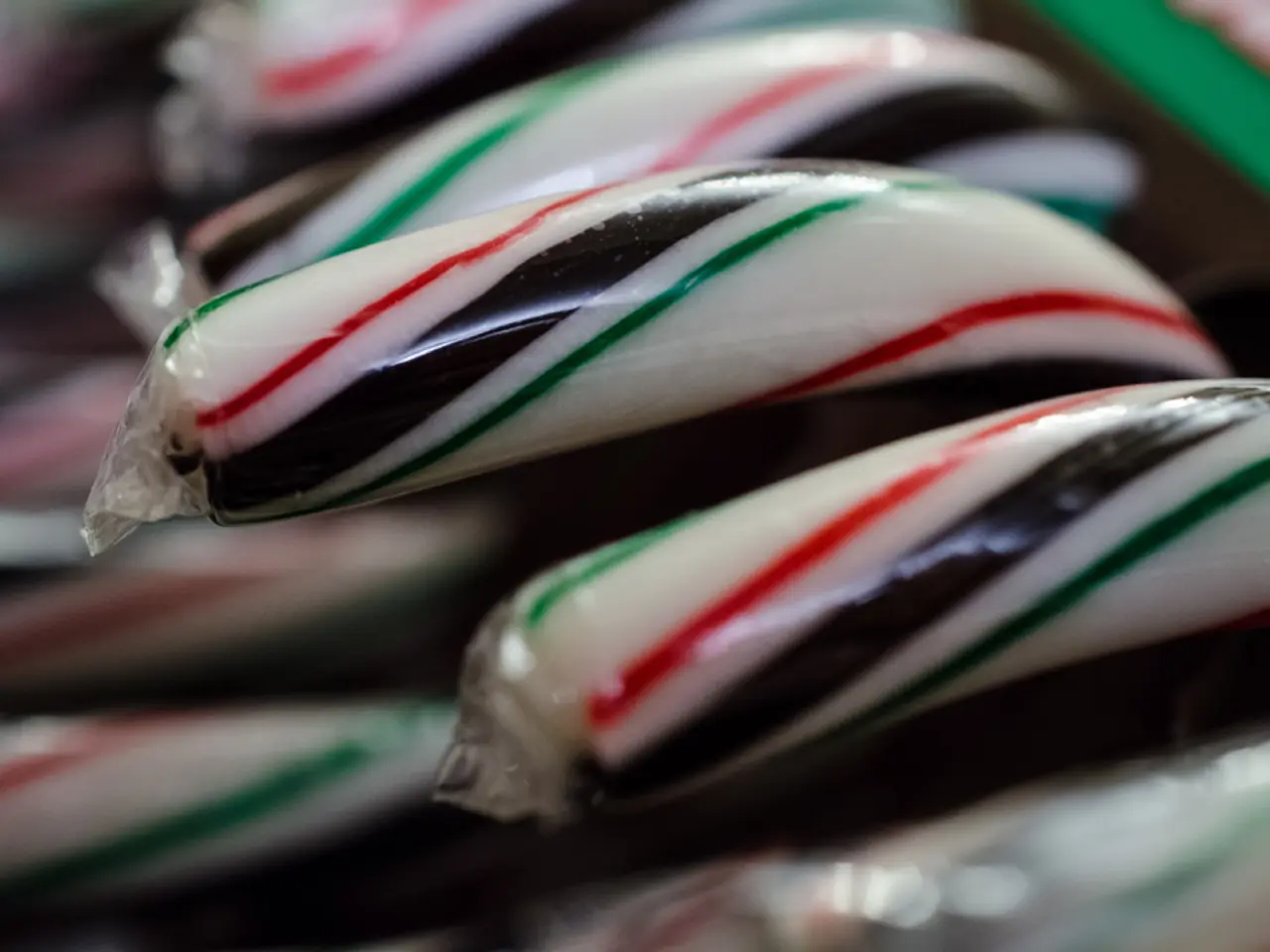Rising cacao prices trigger concern over potential global shortage.
In the heart of Africa, drought conditions are posing a significant threat to the upcoming cocoa harvest, causing concerns about another global cocoa shortage. Journalist Mikhail Svetlov is reporting on the current cocoa market situation, which has seen a dramatic rise in cocoa futures since Monday, marking the most significant increase since December 2024.
The worries about the next cocoa season have intensified fears of a fourth consecutive year of a global cocoa shortage. West Africa, particularly Côte d'Ivoire and Ghana, which together account for about 50% of the world's cocoa, have faced irregular and below-average rainfall, raising fears of a poor main harvest crop.
This uncertainty about the supply has tightened the market and pushed futures higher. Specifically, weather worries in West Africa, including below-average rainfall and cooler temperatures, have caused sharp rebounds in cocoa futures prices after some mid-year lows. The West African concerns are a dominant factor since more than 60% of the world’s cocoa grows in that region, so any dry spells or erratic rains could severely disrupt supply and lead to price volatility.
Higher cocoa commodity prices also reflect increasing farming costs, including higher prices for inputs like fertilizers and pesticides, alongside efforts to address social challenges such as child labor and fair farmer wages. Although there was some hope from rising production in Latin America and other regions, these were offset by the looming risks in West Africa, leading to a rollercoaster pricing pattern in futures markets throughout 2021.
The International Cocoa Organization and market traders frequently cited the weather as a critical variable influencing cocoa futures, emphasizing that even short dry spells in West Africa could tighten supply and elevate prices further. The slower issuance of export licenses from Côte d'Ivoire and Ghana is being issued slower than anticipated, potentially affecting the quantity of cocoa available in the market. This development has bolstered the confidence of market speculators, such as hedge funds, in further price increases for cocoa.
Market participants are expressing caution about the upcoming 2025-2026 cocoa season, as the current mid-year harvest has fallen short of expectations. Disappointment with the current crop is exacerbating fears, and the slower issuance of export licenses is not directly related to drought conditions or inventory levels. Inventories of cocoa at U.S. exchange warehouses are declining, adding to the concerns about the global cocoa supply.
In conclusion, the price of cocoa futures in 2021 was strongly affected by supply concerns, mainly due to erratic and below-average rainfall in West Africa that threatened next season’s harvest, fueling volatility and upward pressure on prices despite some optimism about growth in other producing regions. The ongoing slower issuance of export licenses from Côte d'Ivoire and Ghana may further exacerbate the global cocoa shortage fears, potentially marking the fifth year in a row of a global cocoa shortage.
Read also:
- Developing a Sales Strategy: Methods, Sample Plans, and Templates for Sales Plans
- Cooking Quantity of Beef Corresponds to Citizens' Salaries - Analysts Disclose
- Catastrophic blast at a US Steel facility in Pennsylvania causes 2 fatalities, inflicts injuries on 10 individuals
- Weekly developments in the German federal parliament, the Bundestag




